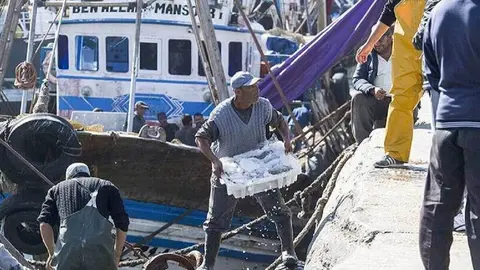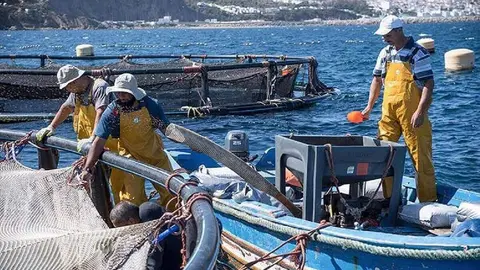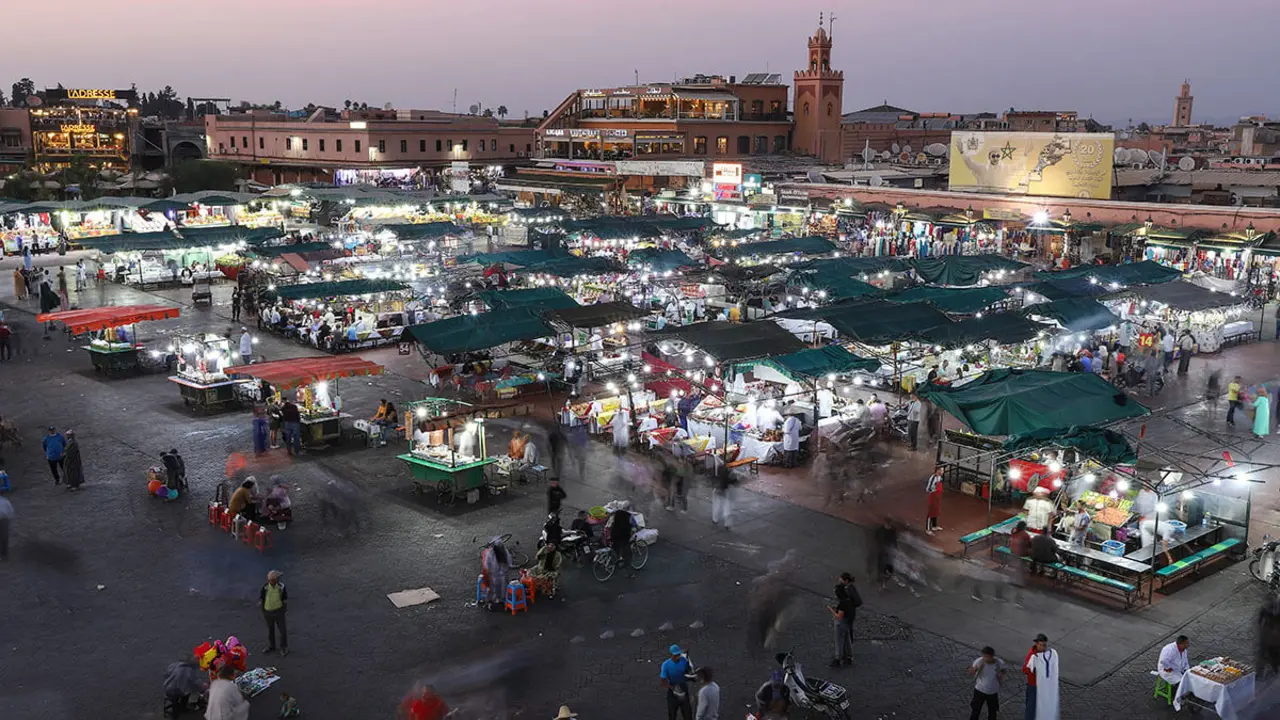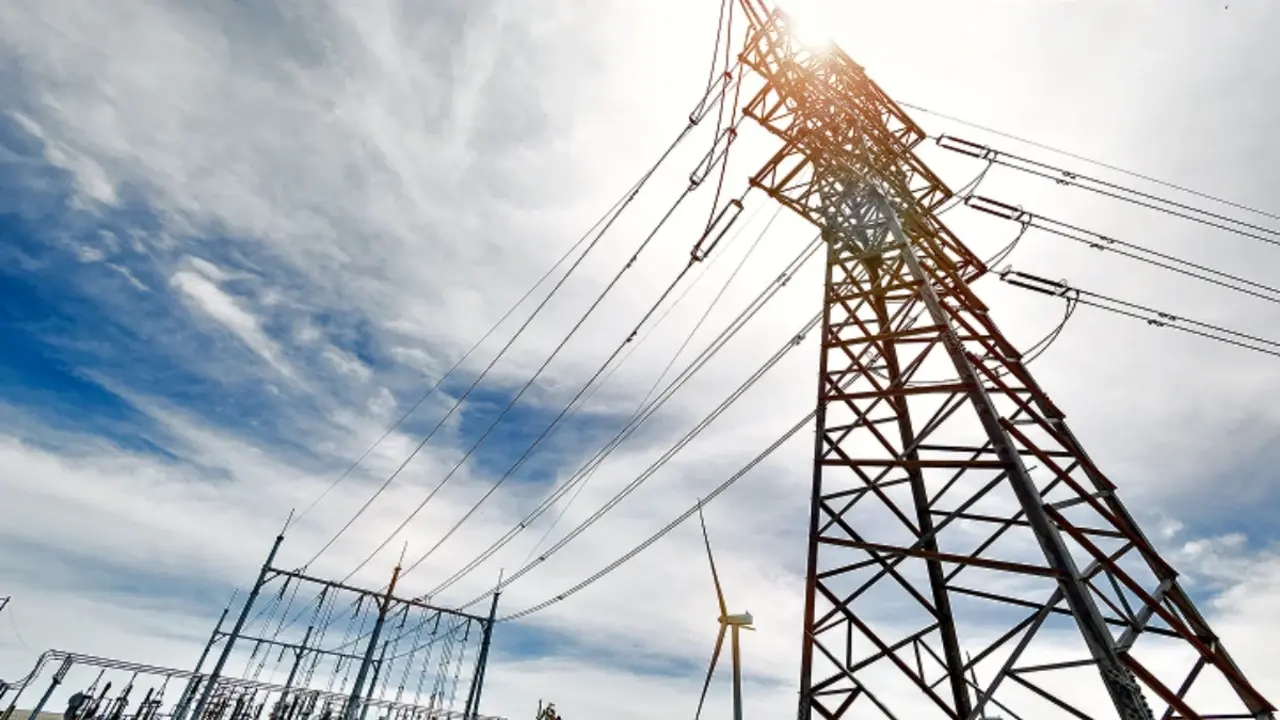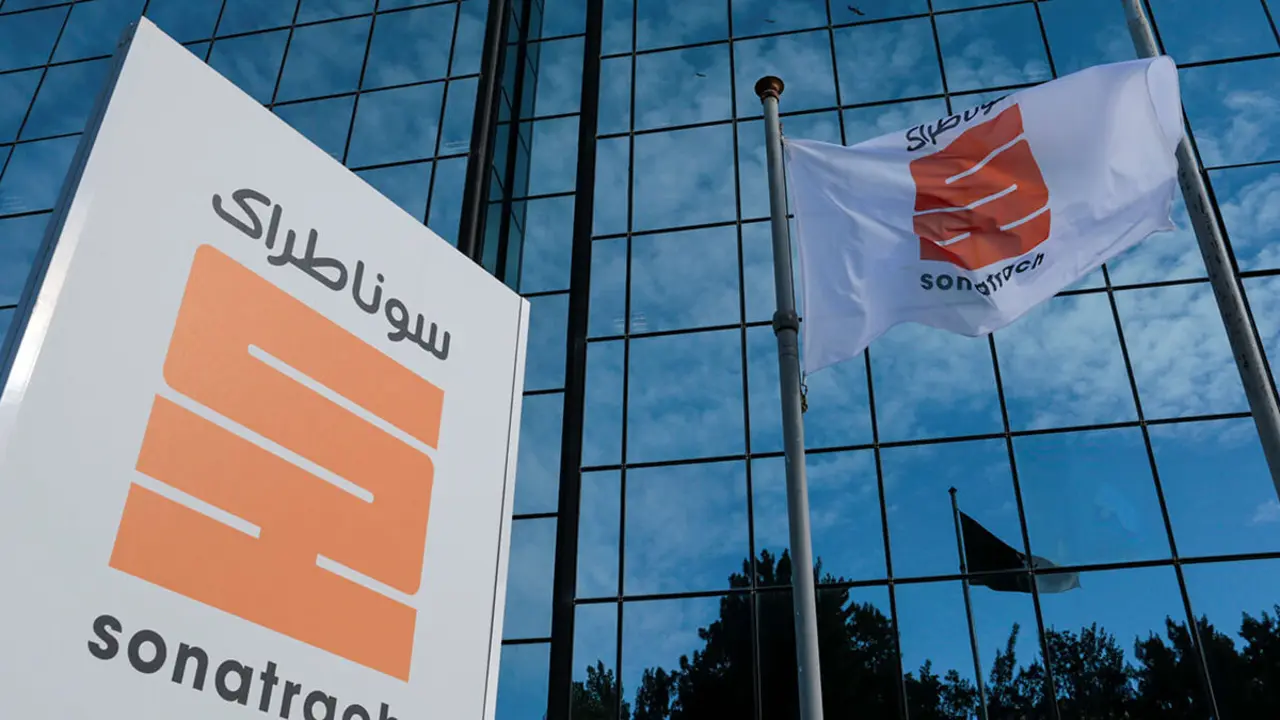The value of catches in the Mediterranean boosts the Moroccan fishing sector in 2024
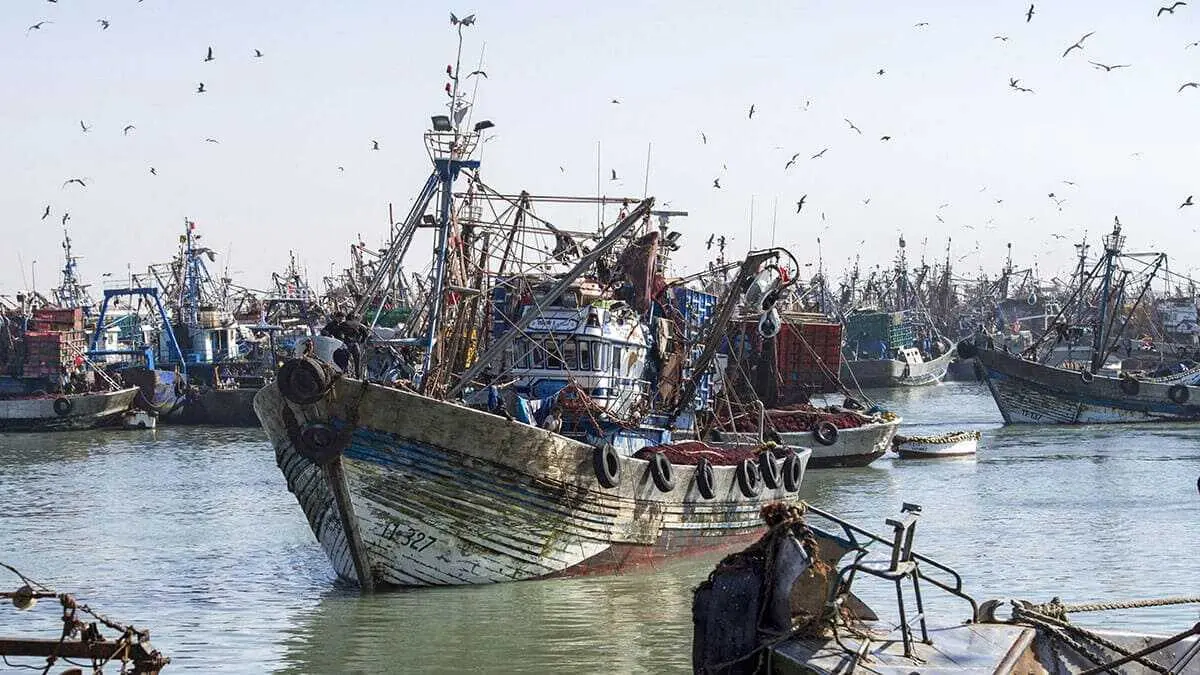
The fishing sector on the Moroccan Mediterranean coast shows a diverse dynamic in 2024, with a slight reduction in the volume of landings, balanced by a significant increase in the economic value of catches.
According to data from the National Fisheries Office (ONP), fishing landings in Moroccan Mediterranean ports recorded a 13% decrease in volume at the end of July, compared with the same period the previous year. However, in terms of value, these landings increased by 9%.
Specifically, catches from coastal and artisanal fisheries in these ports reached 9,474 tonnes at the end of July, which represents a significant decrease compared to last year's figures. As Les Inspirations Éco indicates, despite this drop in volume, the value of the catches amounted to approximately 454.15 million dirhams (42.21 million euros) during the first seven months of 2024, compared to the 415.83 million recorded in the same period of 2023.
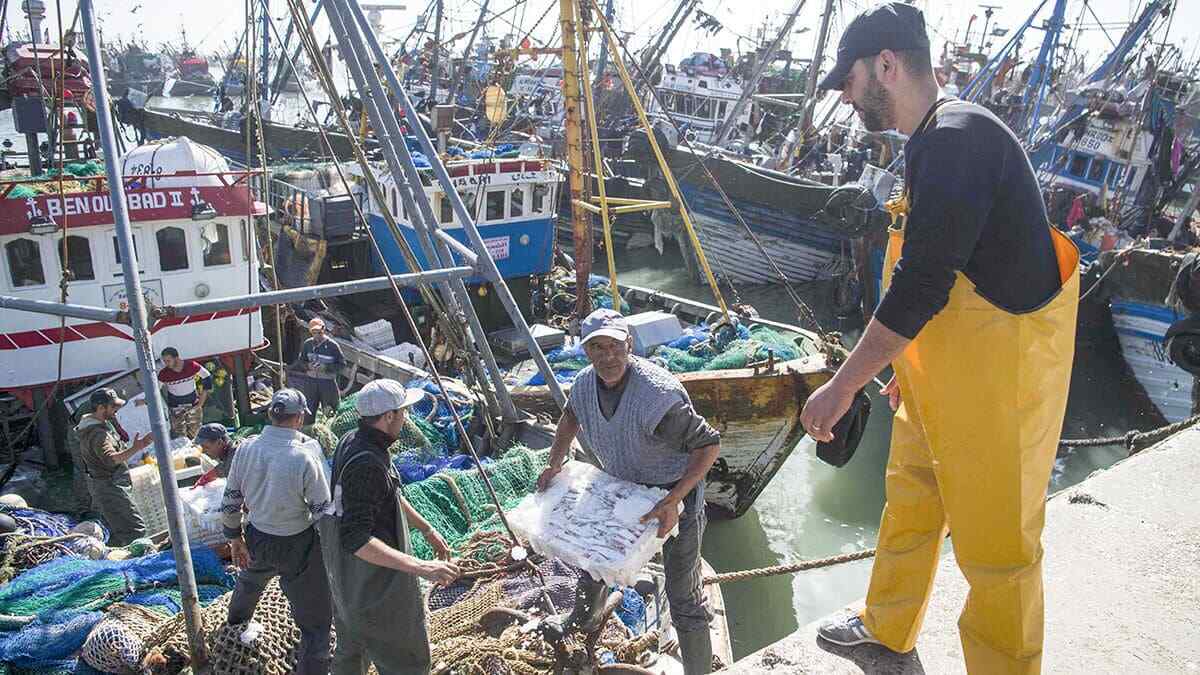
The breakdown by species shows that landings of pelagic fish - those living in open waters far from the seabed, such as sardines and horse mackerel - fell by 33 per cent to 3,521 tonnes, with an estimated value of Dhs101.63 million (€9.45 million), down 12 per cent from Dhs115.74 million and 5,282 tonnes up to July 2023. On the other hand, landings of whitefish fell to 1,497 tonnes, valued at Dh61.28 million (€5.70 million), down 2 per cent from the previous year, when Dh62.42 million was recorded for 1,720 tonnes.
In contrast, cephalopod landings increased by 21% to 3,683 tonnes, with revenues of approximately 241.44 million dirhams (22.44 million euros), an increase of 28%. Crustaceans, on the other hand, recorded a 7% decrease in volume, with 715 tonnes landed, although they generated revenues of more than 49.75 million dirhams, 6% more than the previous year.

As for molluscs, a drastic drop was observed, with a 100% decrease, as no landings were recorded compared to the 116 tonnes and 2.53 million dirhams obtained in the same period in 2023. On the other hand, seaweed landings experienced a remarkable increase of 8691%, from 1 tonne in 2023 to 59 tonnes in 2024.
Nationally, coastal and artisanal fisheries products marketed reached 625,349 tonnes by the end of July 2024, an increase of 4% compared to the previous year. In terms of value, these landings registered an increase of 7 per cent, exceeding Dh6.28 billion (about €557 million).
This picture indicates that, despite the specific challenges in the Mediterranean, Moroccan fisheries continue to show strength and resilience, consolidating their role as an engine of economic growth and contributing sustainably to the country's food security.

